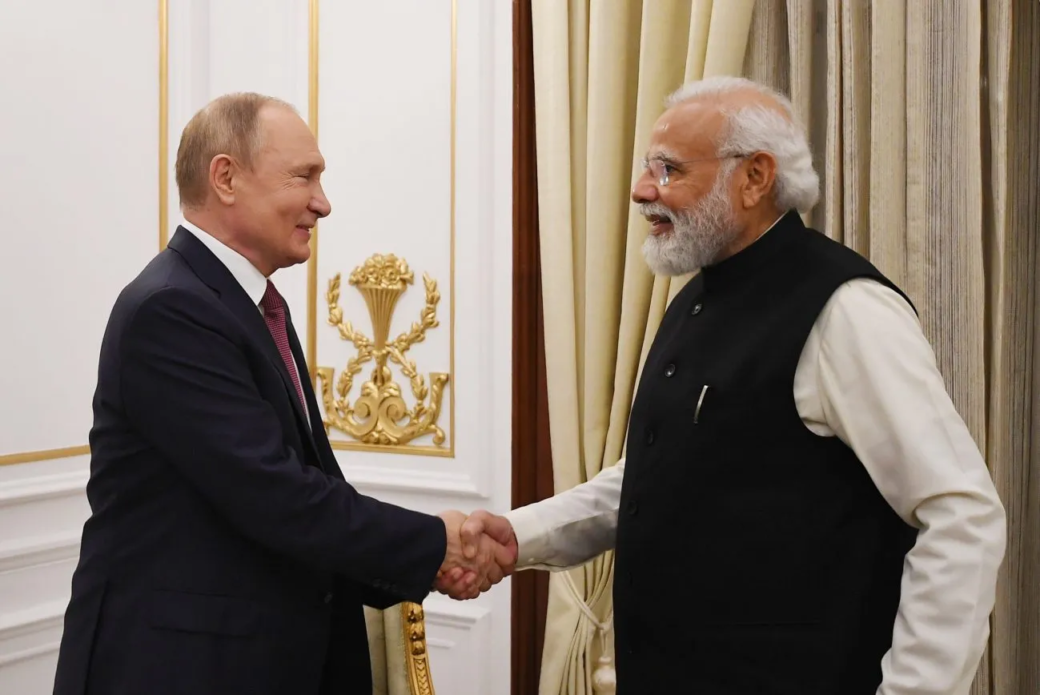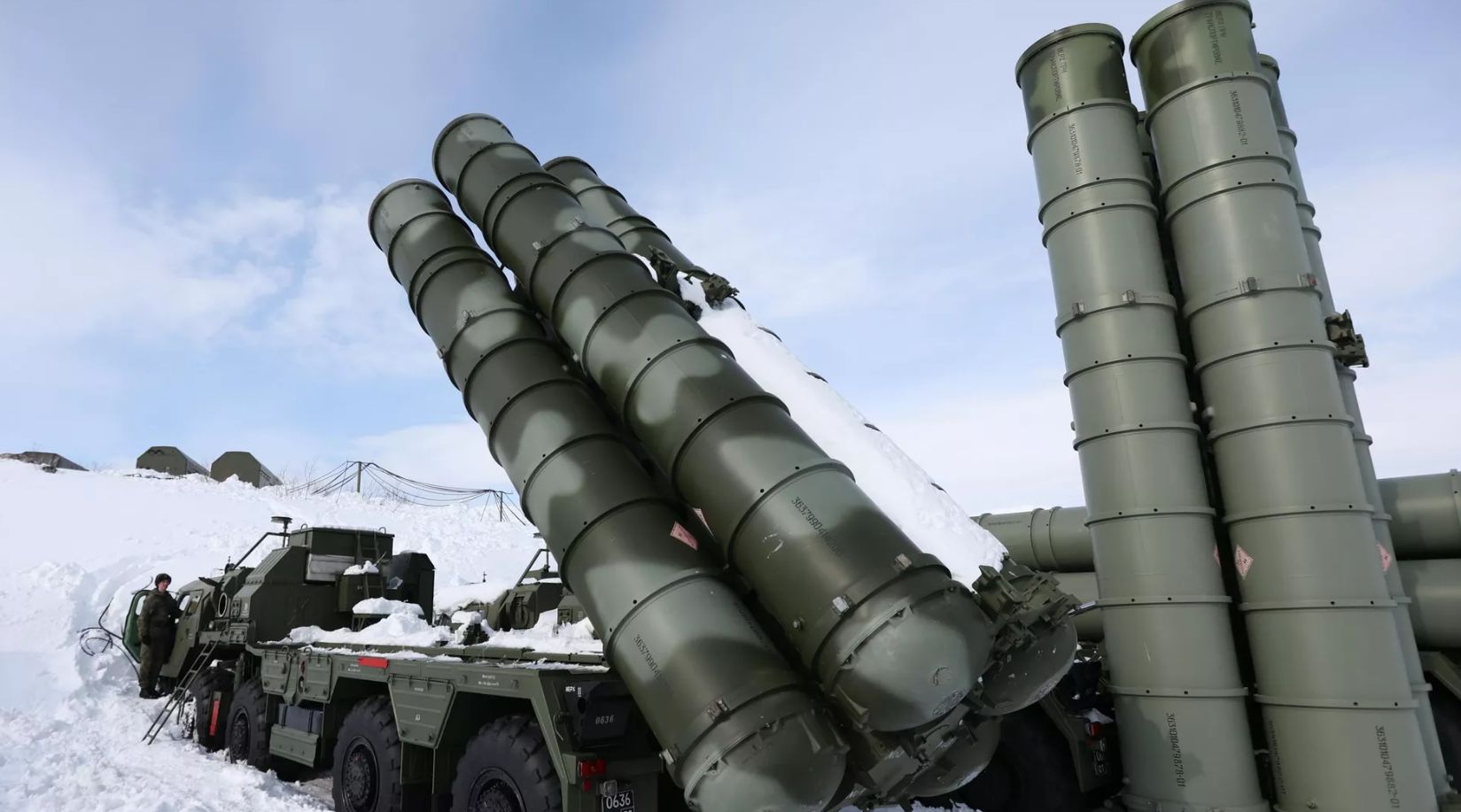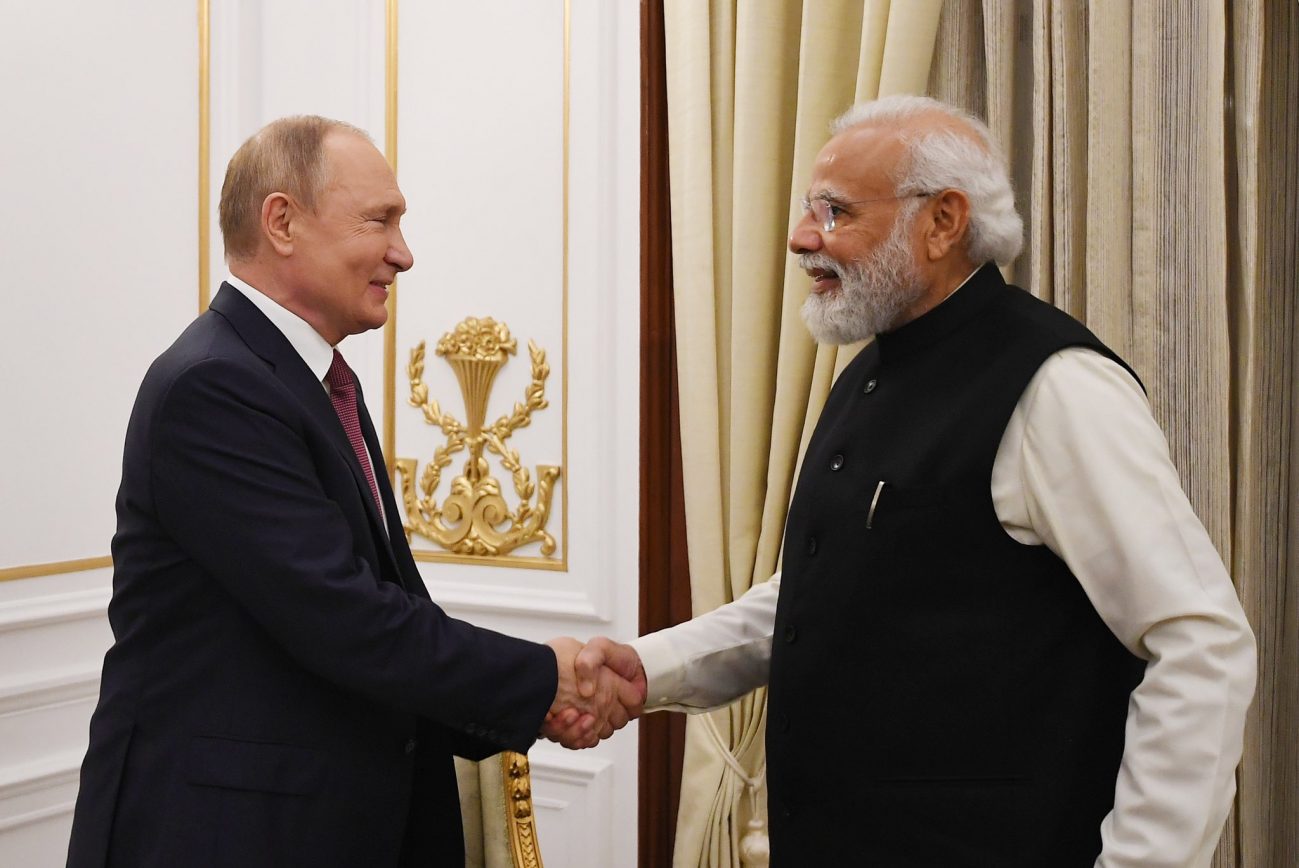The landmark joint venture involves an Indian company and Almaz-Antey—a Russian state-owned enterprise and the original equipment manufacturer (OEM) of the S-400 surface-to-air missile (SAM) system.
This joint venture will focus on maintaining and repairing the S-400 air defence systems in India. In the future, the venture will also produce the necessary parts for the system within India.
Negotiations between the Indian company and Almaz-Antey are nearing completion. The two companies aim to set up two maintenance centres and begin producing spare parts in India by 2028. This potential venture follows discussions initiated by Rostec CEO Sergey Chemezov in 2019, which explored the establishment of a local S-400 production line in India.

The Russian company Almaz-Antey will collaborate with the Indian company to form a joint venture and provide technical assistance. Additionally, Almaz-Antey will supply the necessary technology for the project, which is anticipated to be completed by 2028.
India’s Bold S-400 Acquisition
India has been actively deploying the S-400 air defence system for over two years.
In October 2018, despite the U.S. sanctions under ‘Countering America’s Adversaries Through Sanctions Act’ (CAATSA) and warnings from the Trump administration, India boldly inked a $5 billion deal with Russia to acquire five units of the S-400 missile systems.
CAATSA, a stringent U.S. law enacted in response to Russia’s annexation of Crimea in 2014 and its alleged interference in the 2016 U.S. presidential elections, authorizes the U.S. administration to impose sanctions on countries purchasing major defence hardware from Russia. Enacted in 2017, CAATSA also targets Turkey, Iran, and North Korea.
India, however, determined that the S-400 was cost-effective and efficient in meeting its defence needs compared to rival systems. New Delhi remains resolute, recognizing the system’s pivotal role in enhancing its air power and deterring potential aerial threats. This decision underscores India’s strategic autonomy and its determination to prioritize national security interests over external pressures.
In January 2021, the first Indian military team left for Russia to commence training on the S-400 system. Since December 2021, three of the five units have been delivered to the Indian Air Force and deployed near Pathankot, Siliguri, and in Rajasthan to prevent cross-border air attacks.
Amidst the ongoing conflict with Ukraine, Russia is expected to deliver the remaining two S-400 units to the Indian Air Force by the third quarter of 2026.
Interestingly, on July 14, 2022, the U.S. House approved a CAATSA sanctions waiver for India regarding its purchase of the S-400 missile defence system from Russia.
The S-400: A Game-Changer?
The self-propelled S-400 Triumf air defence systems, which New Delhi has been procuring from Moscow, provide India with security cover on both its eastern and western borders, addressing long-standing disputes with China and Pakistan.
According to defence experts, S-400s deployed in the Himalayas can reach the intermediate zone of Chinese airfields and cover up to 80 percent of Pakistan’s territorial space.

Russia began developing the S-400 system during the Cold War in the late 1980s. The Russian Air Force first announced the S-400 system in January 1993, and the initial successful tests were conducted in 1999. Although it was scheduled for deployment in the Russian Army in 2001, the system was officially approved for service and has been in use since 2007.
The S-400 is a mobile, surface-to-air missile (SAM) system designed as an upgrade to the S-300 family. Capable of intercepting air attacks from a distance of 2 km to 400 km, the system includes anti-air missile launchers and command and control missiles. It can engage various aerial targets, including aircraft, unmanned aerial vehicles (UAVs), and ballistic and cruise missiles within a 400 km range and up to an altitude of 30 km.
The S-400’s ability to constrain adversaries’ air operations even within their airspace is unmatched by typical Western systems. It is considered the most dangerous operationally deployed modern long-range SAM (MLR SAM) in the world, surpassing the US-developed Terminal High Altitude Area Defense System (THAAD).
The S-400 system can exchange data with other defence systems such as SA-12, SA-23, and S-300. Its radar can detect and track aircraft, rotorcraft, cruise missiles, guided missiles, drones, and ballistic rockets within a 600 km distance. Additionally, the system can track 100 airborne targets and engage six of them simultaneously.
For India, deploying these systems along its borders provides an unprecedented strategic advantage, effectively keeping potential adversaries at bay.
Beyond Buyer-Seller: Evolution Of Indo-Russian Defense Ties
Defense cooperation is a key pillar of the India-Russia strategic partnership, guided by the program for military-technical cooperation between the two nations.
This cooperation is overseen by an institutionalized structure, with the India-Russia Inter-Governmental Commission on Military Technical Cooperation (IRIGC-MTC), established in 2000, at its apex.
Over the years, military-technical cooperation has evolved from a simple buyer-seller relationship to include joint research, design, development, and co-production of advanced military platforms. The co-production of the BrahMos cruise missile exemplifies this trend.
In recent years, India and Russia have signed numerous defense deals across various domains. They are also collaborating on the co-production of T-90 tanks, Talwar-class guided missile frigates, Su-30 MKI fighter jets, AK-203 assault rifles, and the lease of a nuclear-powered attack submarine.
Let’s take a look at some recent significant defense deals between Russia and India.
- The Talwar-class Frigates: The Government of India concluded two agreements with Russia, totalling approximately $1.5 billion, for the supply and local production of four Talwar-class frigates for the Indian Navy.
- Aircraft Procurement: In July 2020, the Indian Ministry of Defence approved about $2.4 billion for the Indian Air Force to procure 21 MiG-29 and 12 Su-30 fighters from Russia. The MiG-29s would be supplied directly, while the Su-30s would be assembled in India. By January 2021, Indian government sources indicated imminent plans to proceed with the contract.
- AK-203 Assault Rifles: Under a contract signed in July 2021, over 610,000 AK-203 assault rifles will be manufactured in India with technology transferred from Russia. For this purpose, the joint venture Indo-Russian Rifles Private Limited (IRRPL) was established at Korwa in Uttar Pradesh in 2019 and has commenced production under the ‘Make in India’ initiative.
- Igla-S Man Portable Air Defence Systems (MANPADS): In April 2024, the Indian Army received the first batch of Igla-S Man Portable Air Defence Systems (MANPADS) from Russia, part of a larger deal for 120 launchers and 400 missiles. These systems enhance the Army’s Very Short Range Air Defence (VSHORAD) capabilities, especially in high mountainous terrain along the northern border. The procurement includes domestic production in India, with one regiment already deploying the systems. This acquisition replaces outdated Igla-1M systems and aligns with plans for future indigenous VSHORAD advancements.
And now, the S-400 program is a flagship project that significantly enhances strategic cooperation between India and Russia.

Navigating Geopolitical Currents
India and Russia’s defense ties, dating back to the 1960s, remain the cornerstone of their strategic partnership. These ties have been carefully cultivated since the Soviet era, resulting in a mutually beneficial relationship that serves their national interests.
India and the Soviet Union established a comprehensive partnership built on strong economic relations, robust defense cooperation, and mutual support on regional and global issues.
In the early 1990s, despite negotiations on pricing and currency adjustments, defense cooperation continued as India needed to repair, upgrade, and maintain Soviet-era equipment.
India appreciated Russia’s stance of not yielding to international pressure to sanction India following the Pokhran II tests despite Russia’s post-Soviet economic challenges. This period also saw the conclusion of a deal to build two light-water nuclear reactors.
These developments underscore two critical factors sustaining the India-Russia defense relationship: India’s long-standing reliance on Russian weaponry due to decades of arms imports and the trust forged through uninterrupted engagement even during times of crisis.
As India diversifies its defense partners and the U.S. seeks to supplant Russia in global arms markets, the Indo-Russian defense relationship faces new challenges. The Joe Biden administration has openly expressed its intent to replace Russia in global defense supply chains after Russia invaded Ukraine in Feb 2022.
Historically, Moscow has consistently been India’s largest supplier of weapons and defense systems.
Notably, India has spent $60 billion on Russian weapons over the past two decades. However, according to the latest Stockholm International Peace Research Institute report, Russian defense exports to India have seen a steady decline, dropping from 76 percent in 2009–2013 to just 36 percent in the last five years.
This marks the first five-year period since the 1960s when Russian defense imports accounted for less than half of India’s total arms imports.
As India strides towards greater self-reliance in defense production, its relationship with Russia enters a new phase. The S-400 joint venture exemplifies this transition, blending technology transfer with local manufacturing.
Bringing critical skills and technology to India not only enhances the country’s self-reliance but also cements Russia’s role as a key partner in India’s defense ecosystem.
While geopolitical pressures may ebb and flow, India’s strategic autonomy and deep-rooted ties with Russia continue to shape its defense policy, ensuring that this partnership remains relevant in the ever-changing global security landscape.



